Nowadays, it’s easy to get your hands on whatever color your mind can think of. There are paint chips at hardware stores, the ever popular Pantone books with every color conceivable, and computer programs that help you to produce the perfect hue you were looking for. But this hasn’t always been the case. Finding the perfect color used to mean you’d have to trek out to remote locations just to find mineral deposits or plants to create the hue you wanted.
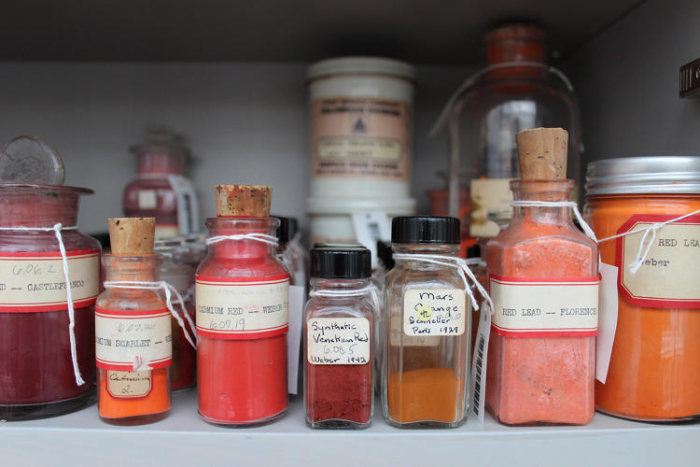
Historically, pigments date as far back as prehistoric times, but it’s thanks to Edward Forbes, a historian and director of the Fogg Art Museum at Harvard University from 1909 to 1944, that we now know so much information about pigments and how they’re connected to the art world.
Forbes is considered the father of art conservation in the United States and spent most of his life traveling the world to collect various pigments that he used to authenticate classical Italian paintings. The pigments he accumulated over the years became known as the Forbes Pigment Collection and now contains over 2,500 different specimens.
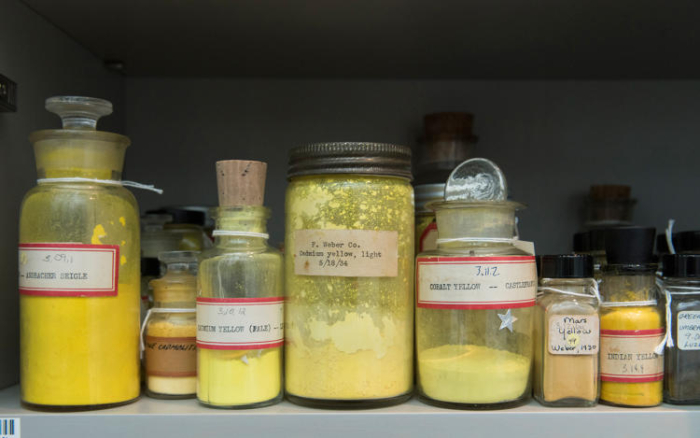
Narayan Khandekar, the director of the Straus Center for Conservation and Technical Studies at the Harvard Art Museums, also works to curate the collection, which is now mostly used for scientific analysis. Over the last ten years, Khandekar added modern pigments to the collection in order to analyze contemporary and 20th century art.
“Artists today will use anything to get the idea that’s in their head into a physical form,” Khandekar says. “It could be a piece of plastic. It could be cans of food. It could be anything. We need to be able to identify lots of different materials that are industrially produced as well as things that are produced specifically for artists’ use.” This is a far cry from how pigments were created back in the day, when “colormen” (tradesmen in dyes and pigments) were the common source for obtaining the perfectly hued medium.
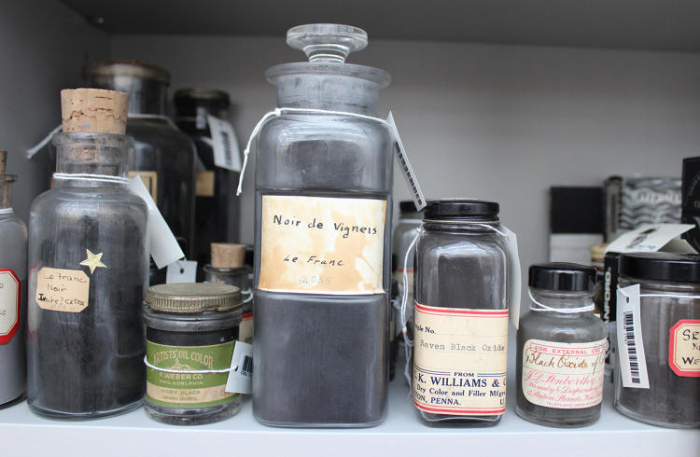
Each pigment featured in the collection has its own backstory regarding origin, production, and use. Co.Designasked Khandekar to to share the stories of the ten rarest and most fascinating pigments from the Forbes collection and these were the ones he chose.

Synthetic Ultramarine
“This was discovered in 1826 as the result of a contest. In a way it is like discovering how to make gold as artists no longer had to buy natural ultramarine at great cost.”
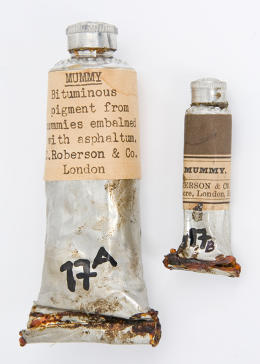
Mummy Brown
“People would harvest mummies from Egypt and then extract the brown resin material that was on the wrappings around the bodies and turn that into a pigment. It’s a very bizarre kind of pigment, I’ve got to say, but it was very popular in the 18th and 19th centuries.”
Brazilwood
“Brazilwood is any of several tropical trees of the senna genus. Its hard, red-color wood has had limited use for violins, bows, veneer, and high-quality furniture. The wood contains the colorant brasilin, which give a deep-red to brownish color. Brazilwood dye has been used for textile and leather dyes, inks, paints, varnish tints, and wood stains.”
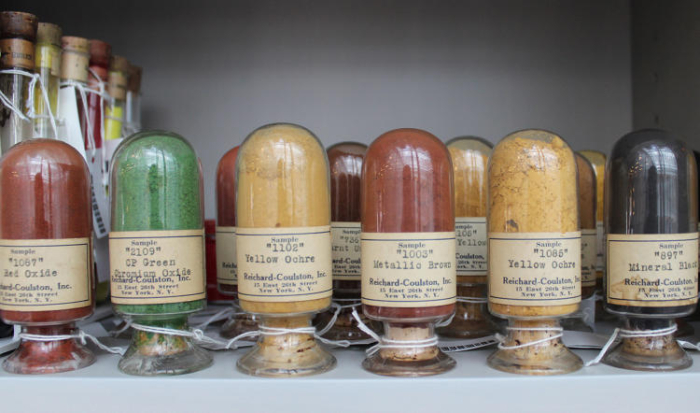
Quercitron
“A yellow vegetable dye, quercitron is extracted from the black or dark brown of the black oak, Quercus velutina, that is native to the Eastern and Midwestern parts of the United States.”
Annatto
“The lipstick plant—a small tree, Bixa orellana, native to Central and South America—produces annatto, a natural orange dye. Seeds from the plant are contained in a pod surrounded with a bright red pulp. Currently, annatto is used to color butter, cheese, and cosmetics.”
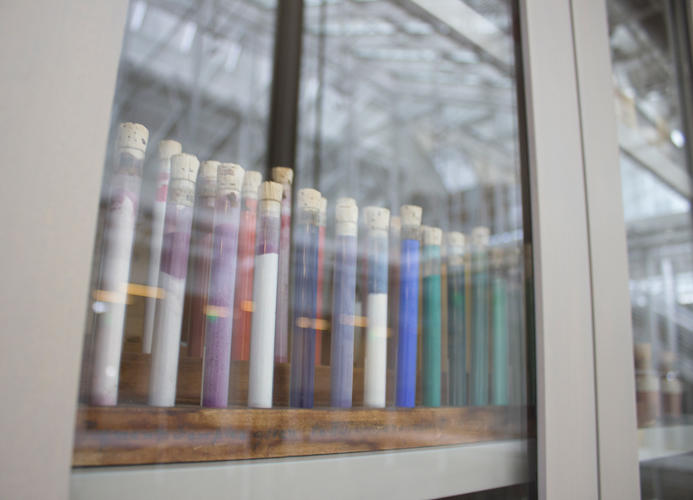
Lapis Lazuli
“People would mine it in Afghanistan, ship it across Europe, and it was more expensive than gold so it would have its own budget line on a commission.”
Dragon’s Blood
“It has a great name, but it’s not from dragons. [The bright red pigment] is from the rattan palm.”
Cochineal
“This red dye comes from squashed beetles, and it’s used in cosmetics and food.”
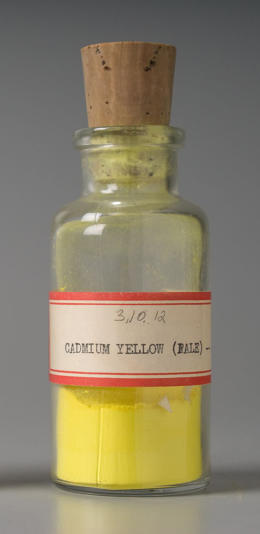
Cadmium Yellow
“Cadmium yellow was introduced in the mid 19th century. It’s a bright yellow that many impressionists used. Cadmium is a heavy metal, very toxic. In the early 20th century, cadmium red was introduced. You find these pigments used in industrial processes. Up until the 1970s, Lego bricks had cadmium pigment in them.”
Emerald Green
“This is made from copper acetoarsenite. We had a Van Gogh with a bright green background that was identified as emerald green. Pigments used for artists’ purposes can find their way into use in other areas as well. Emerald green was used as an insecticide, and you often see it on older wood that would be put into the ground, like railroad ties.”

























